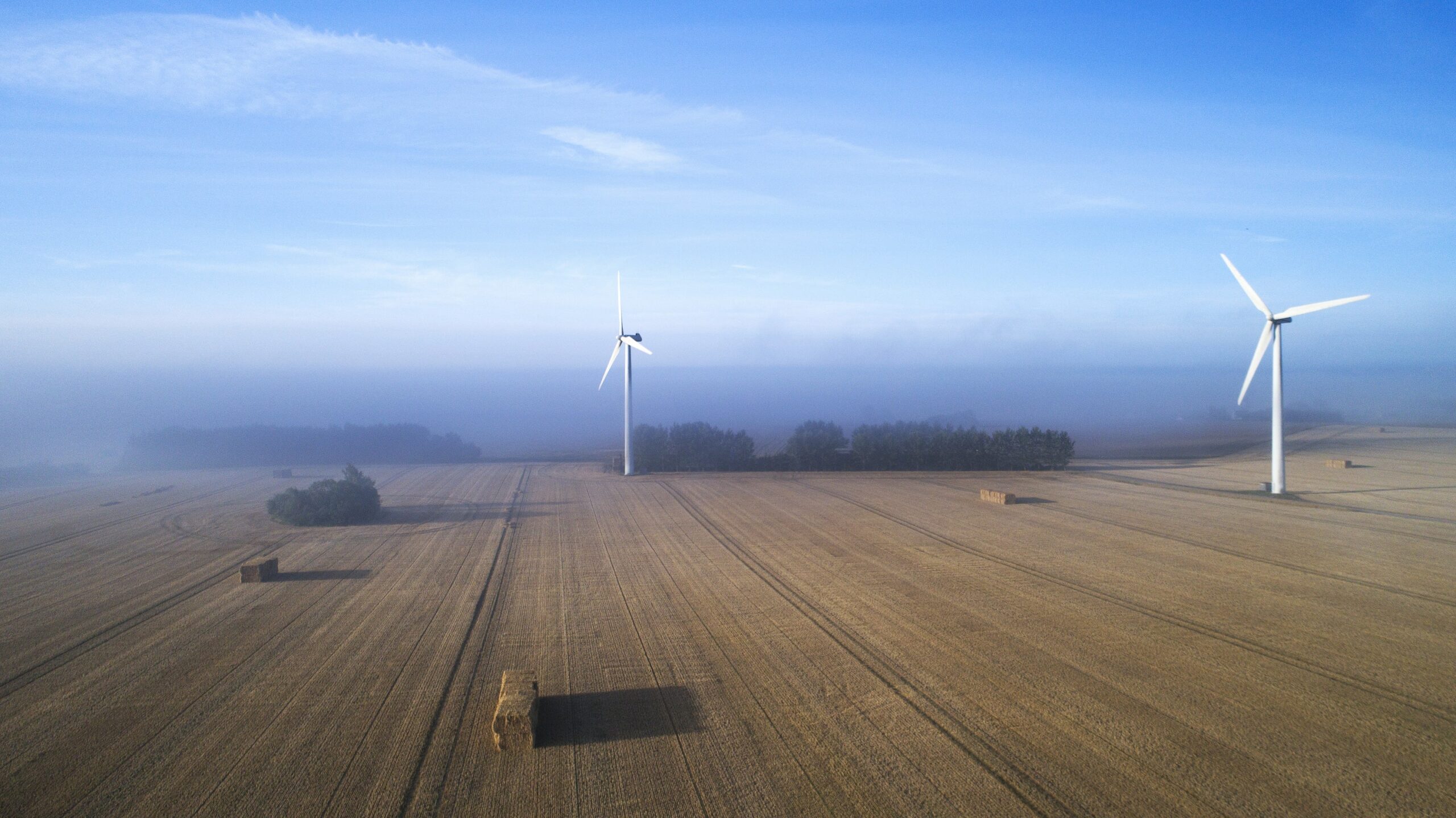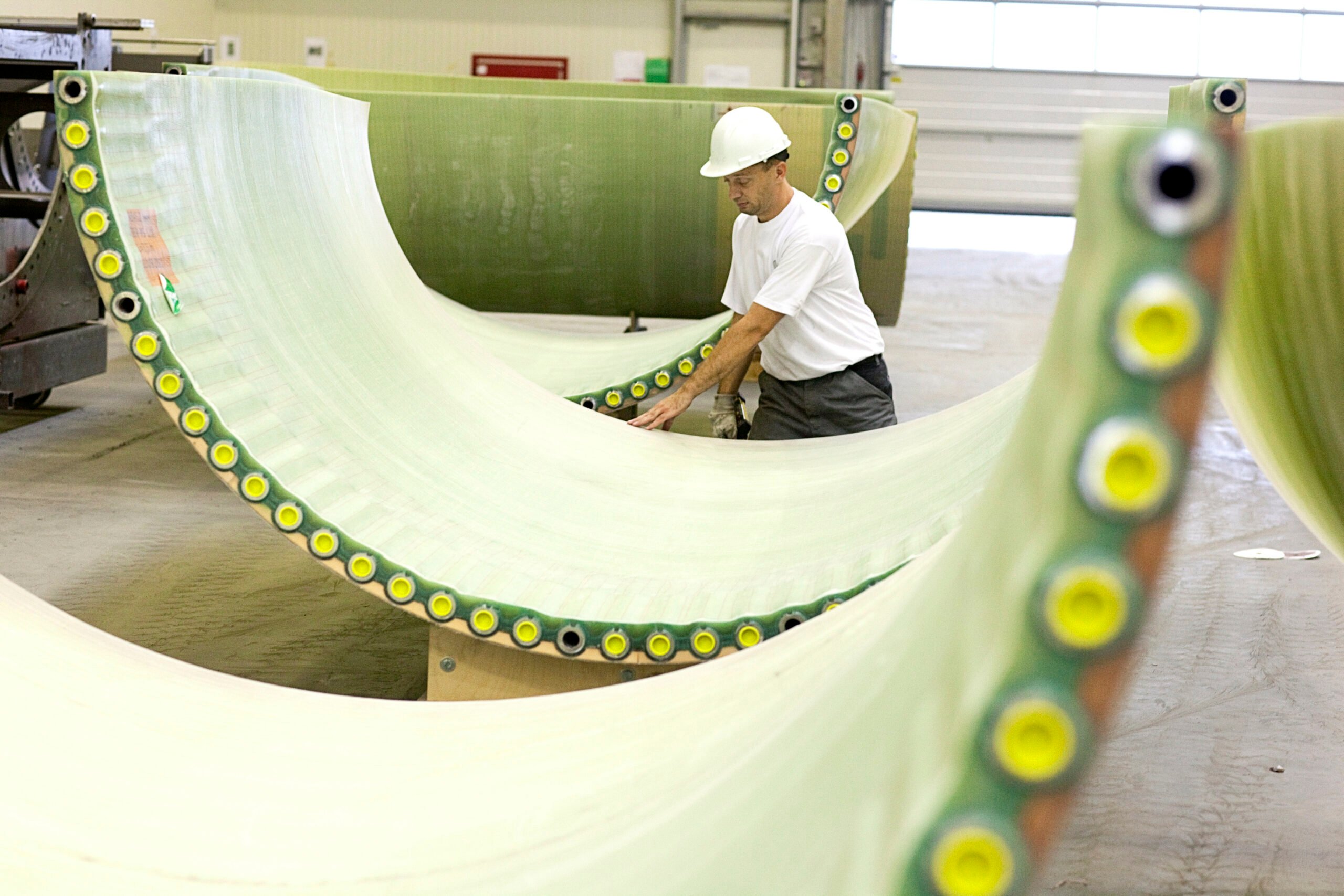News
District heating
Heat pumps
HUGE EXPORT POTENTIAL IN SURPLUS HEAT FROM DATA CENTRES


It is now possible for Facebook to supply free surplus heat from its data centre in Odense, Denmark to the city’s district heating network for the benefit of both the environment and heat consumers. This represents a major new sales and export potential for Danish companies, as the possibility of copy-pasting this success in other places is far better when a full-scale reference plant can be showcased. This is the assessment of Tina Kramer Kristensen, Director of Energy Systems at Ramboll, and Jan Strømvig, Director of Fjernvarme Fyn (District Heating Funen) and recently elected Chairman of the Danish association for district heating export, DBDH.
“Many countries are looking to Denmark because we are good at holistically connecting energy systems and integrating large amounts of renewable energy into the existing infrastructure. Recovery of surplus heat from data centres is yet another example of an effective solution to a global challenge, and we look forward to sharing our experience when the plant is up and running in 2020,” says Jan Strømvig.
Ramboll’s Director of Energy Systems, Tina Kramer Kristensen adds that the potential is also great in Denmark where much unused surplus heat is available from industry, and other large data centres are being planned as well, including data centres for Apple and Google in the western part of Denmark.
“We are already working with the Danish energy utility, Energi Viborg Kraftvarme, to assess the options for heat sales and optimisation for surplus heat from the ongoing construction of Apple’s data centre, and the potential is certainly much bigger both in Denmark and abroad,” she says.
Large scale for the first time
Ramboll is technical advisor to Fjernvarme Fyn, which is establishing an energy centre with giant heat pumps to raise the temperature of surplus heat from Facebook’s data centre to a degree that allows it to be used in the district heating network that transmits heat to the inhabitants of Odense.
It will be the biggest heat pump installation so far in Denmark, and involves recovery of surplus heat from data centres on a scale never before seen elsewhere in the world. The energy centre will therefore include a visitor centre to display the technology applied.
The project is an important step on the way to securing greener district heating to consumers. In Odense this means that the consumption of coal and thus the emission of carbon dioxide at the power plant on the island can be reduced. The project supports Fjernvarme Fyn’s ambition to provide 100% renewable energy by 2030.
The fact that the surplus heat is free does not mean lower heating bills for consumers, as it is a relatively large investment to establish a heat pump installation, lay pipes in the ground etc. Consumers will benefit however as Fjernvarme Fyn is converting to a greener energy supply without increasing heat prices. The cost of buying coal will be reduced, and green electricity will be used for running the large heat pumps.
Corresponds to heat demand of Denmark’s second-largest city
Denmark is an ideal place to establish this type of energy centre: This part of the world does not have earthquakes and tornadoes, and the infrastructure is ideal with extremely high security of supply, a large share of renewable energy in the electricity supply as well as an efficient public administration and a reliable, well-educated labour force.
“And at the same time, there is a well-developed local district heating infrastructure, which makes it possible to use the surplus heat. The energy is used twice, you might say. In other words, it is an almost perfect match for both a large data centre and a district heating utility,” says Tina Kramer Kristensen.
The magnitude of the full potential from the four data centres now underway is greater than the total heat demand of Denmark’s second-largest city Aarhus. Releasing this potential, however, depends on e.g. the local district heating infrastructure and possible fit in the system, as well as tax and subsidy conditions.
In addition to the potential from data centres there is also a surplus heat potential from other industries. According to the Danish District Heating Association, this would also equal the heat demand of Aarhus. So the surplus heat in Danmark can make a substantial and climate-friendly contribution to district heating.
Heat wasted
The new Danish potential for recovery of surplus heat has arisen after the Danish Tax Appeals Agency at the beginning of September decided on a case involving taxation of surplus heat from data centres. Before the decision was made, companies like Facebook and Apple had to pay for supplying the heat to district heating, and thus the surplus heat was often dumped in the sea or released in the air.
According to Tina Kramer Kristensen, the decision is good news and an important factor in making investments in a growing industry more attractive. It can help build up competencies, knowhow and technology components with an export potential.
Tina Kramer Kristensen emphasises that particularly countries with a district heating network or the possibility of establishing a thermal net have potential for recovery of surplus heat: the Nordic countries, Germany, Great Britain, large parts of Eastern Europe as well as university campuses and progressive cities in the USA and Canada. Ramboll already has a number of projects in these geographies, but sees an even greater potential for Danish consultancy.
In these countries, taxes and surcharges are totally different, and cheap or free surplus heat may actually encourage the establishment of district energy networks.
“But surplus heat can also be used for heating greenhouses or for low-temperature district heating networks – we do this already in Scandinavia”, she says.
“Generally, there is a huge potential worldwide for combined solutions using heat pumps that supply thermal energy for both district cooling and district heating. We are building solid experience that we can use on other projects, also abroad, by planning, designing and implementing such energy facilities in our home market,” Tina Kramer Kristensen says















